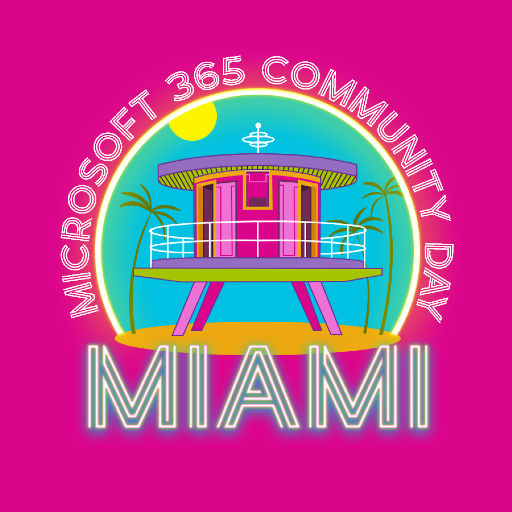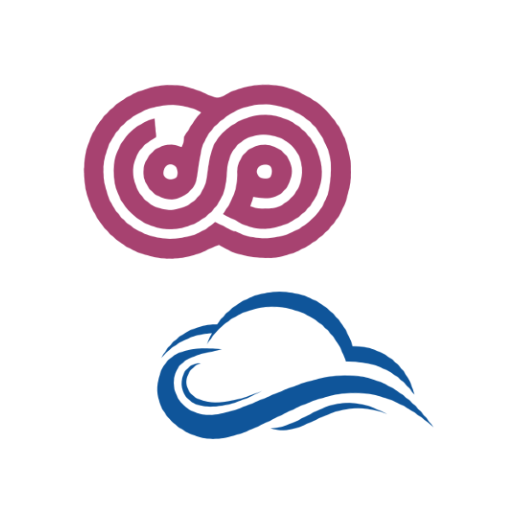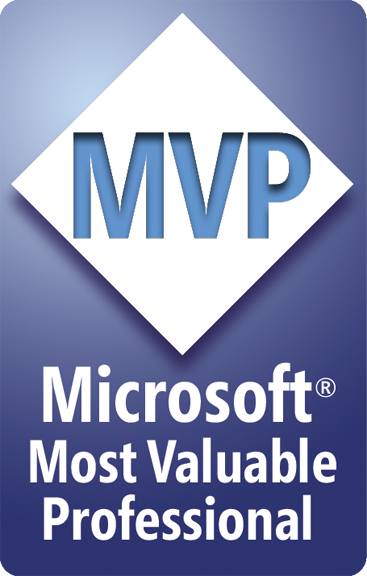Partner/CTO Sympraxis Consulting | Microsoft MVP | Microsoft 365 Speaker
Julie has been building software for over 20 years. With a degree in Electrical Engineering from Worcester Polytechnic Institute, she quickly realized a love and aptitude for developing rich user experiences and solutions. Since 2007 her focus has been on the SharePoint platform, Office 365, Azure, and client-side development. She's the co-maintainer of PnPjs and HTWOO open source initiatives. She also is the co-host of the CloudDev Clarity show and Browser Native. She's has also held the Microsoft MVP award for Office Apps and Services since 2017, and is a core member of the Microsoft 365 PnP Team.
Current Sessions Delivered by Julie
When programming with ReactJS, which is a common choice when developing using the SharePoint Framework, how you architect your components can often be confusing. This introductory session will walk through designing your components to mirror a common design principle called "Atomic Design" which was invented by web designer Brad Frost. This design pattern breaks web design into small chunks that when combined build beautiful solutions with reusability at its core. We'll go into how to translate that design principle into component development which can help reduce code size, improve reliability and quality, and just make your life easier. As part of our examples, we'll be leveraging the HTWOO community built Fluent UI framework.
Read moreMature organizations that use Microsoft 365 often need to run custom workflows when events happen in Microsoft 365, like updating list items, adding users, updating groups, or changing files. When there's only a single list or library, or other single event items, it can make sense to use a tool like Power Automate or an Azure Logic Apps. However, these tools require connecting a workflow to a specific entity (list, library, drive) making these solutions difficult to manage when there are many of the same types of items to monitor. Enter stage left: Change Events. To be clear, change events (Webhooks) are not a power user tool; they require the ability to architect and manage cloud resources and write enterprise level code. But the benefits and scalability make it well worth the time investment! In this session you'll learn about: • What change events are and what are some of the common use cases they can help solve • What common architectural pattern for managing your subscriptions and events looks like • What cloud services are commonly used to support the common architecture • What boilerplate code looks like to establish and manage subscriptions and react to event notifications • Where and how you might implement custom handlers for establishing what subscriptions are needed and what happens when an event is fired. Don't miss this opportunity to learn how to manage workflows at scale to reduce risk and simplify management!
Read moreWhere to Catch Julie Next

M365 Miami
Azure Functions: Real world scenarios & NodeJS implementation overview
06/02/2026
Miami Dade College
Miami, United States of America

ECS 2026
Microsoft 365 Developer Power Class: Copilot and Platform Extensibility
05/05/2026
Confex - Koelncongress
Cologne, Germany

European Collaboration Summit 2026
Building Scalable Enterprise Solutions with SharePoint Framework and Web Standard Packages
05/05/2026
Confex - Koelncongress
Cologne, Germany
A Look Back at Past Speaking Engagements

ExpertsLive USA
Extending Microsoft 365: Exploring the Art of the Possible
10/10/2025
Microsoft
Warszawa, Poland

ECS 2025
Building experiences for the Microsoft 365 Powerclass
26/05/2025
Congress Center Düsseldorf
Düsseldorf, Germany

European Collaboration Summit 2025
Extending Microsoft 365: Exploring the Art of the Possible
26/05/2025
Congress Center Düsseldorf
Düsseldorf, Germany

ECS 2024
Building experiences for the Microsoft 365
14/05/2024
Rheinmain Congresscenter
Wiesbaden, Germany

European Collaboration Summit 2024
Design + Development: A Case Study
14/05/2024
Rheinmain Congresscenter
Wiesbaden, Germany

European Collaboration Summit 2024
Together We Succeed: Harnessing Community for Career Success
14/05/2024
Rheinmain Congresscenter
Wiesbaden, Germany

North American Cloud & Collaboration Summit
Extending Microsoft 365: Exploring the Art of the Possible
09/04/2024
Irving Convention Center at Las Colinas
Irving, United States of America

North American Cloud & Collaboration Summit
Introduction to Microsoft 365 Development
09/04/2024
Irving Convention Center at Las Colinas
Irving, United States of America

European Collaboration Summit 2023
Microsoft 365 Development Powerclass
22/05/2023
Congress Center Düsseldorf
Düsseldorf, Germany

European Collaboration Summit 2023
An Introduction to Atomic React Component Design in SPFx and Beyond
22/05/2023
Congress Center Düsseldorf
Düsseldorf, Germany

